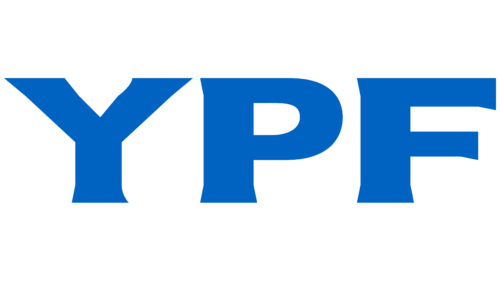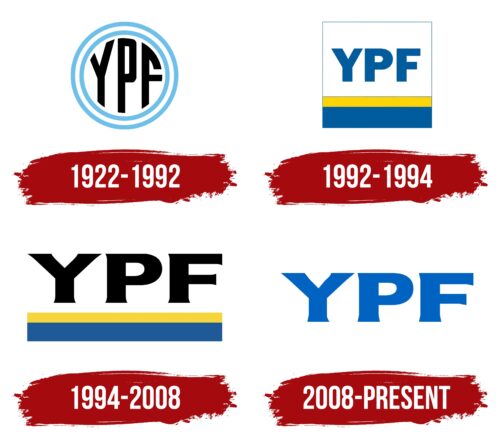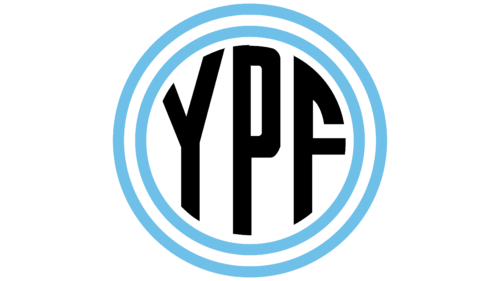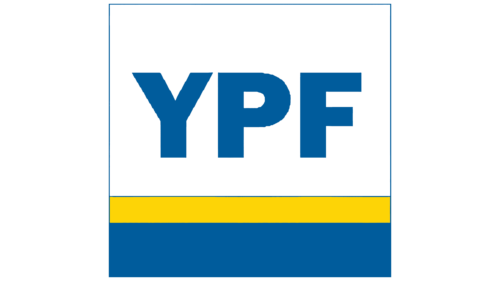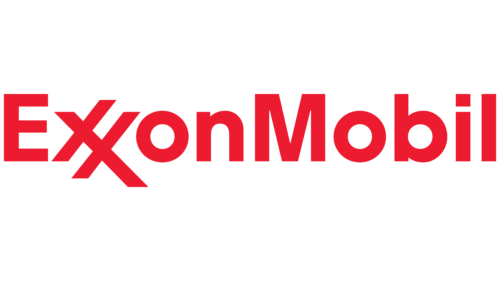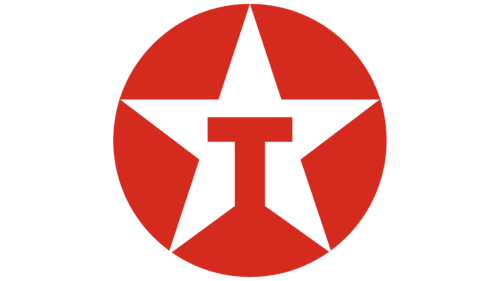YPF: Brand overview
YPF, short for Yacimientos Petrolíferos Fiscales, has played an important role in Argentina’s energy industry since its founding in 1922. It is the largest oil and gas company in the country, and its influence extends to Bolivia and Chile, offering energy solutions throughout the region. With nearly a century of experience in the energy sector, YPF remains an industry leader.
In 1922, the country’s president, Hipolito Irigoyen, recognized the growing role of oil in the global economy and created YPF, a state-owned company dedicated to exploiting Argentina’s oil assets. As the first oil company in the country, YPF was well-positioned to become an international competitor and contribute to Argentina’s economic development.
During its formative years, YPF experienced rapid growth: major oil fields were discovered, and numerous refineries and pipelines were built. By the 1950s, YPF had become Argentina’s largest oil producer, a status that remains unrivaled to this day.
The controversial decision to privatize YPF by the administration of President Juan Perón in the 1970s sparked much debate and eventually led to a decline in the company’s operations. In 1999, the Carlos Menem administration sold the remaining shares of YPF to Spanish oil company Repsol, signaling the end of an era.
In 2012, the administration of Cristina Fernández de Kirchner made the controversial decision to re-nationalize YPF. Despite heated discussions, this decision was a turning point for the company. Today, YPF is once again Argentina’s leading oil and gas company.
In 1922, YPF was founded by the country’s president, Hipolito Irigoyen, marking an important moment in the history of the Argentine energy sector.
In the 1930s, YPF discovered many major oil fields, changing the picture of the energy industry.
In the 1950s, YPF rose to the zenith of Argentine oil production, becoming a major producer and a source of national pride.
In the 1970s, Juan Perón’s administration made the landmark decision to privatize YPF, a major event in the country’s history.
In 1999, Repsol took over the remaining shares of YPF, cementing its status as one of the largest energy companies in the world.
President Cristina Fernández de Kirchner’s bold decision to re-privatize YPF in 2012 sparked controversy and debate.
Meaning and History
1922 – 1992
1992 – 1994
1994 – 2008
2008 – today
Although the letters of the YPF logo do not have the little feet called serifs, they do have small extensions at the ends. These are very easy to spot because the only thing in this logo is the text. There is nothing else besides these three letters, so they are very large and fill the entire space. The initials stand for “Yacimientos Petrolíferos Fiscales.” The text is written in upper case and colored blue, which often means confidence in the future.
The logo is simple but very powerful at the same time. There are only three big letters, but they take up the whole scene. The blue color seems to say, “Yes, we can do it.” They are just letters, but they say a lot without a lot of hype.
YPF color codes
| Denim | Hex color: | #0063c2 |
|---|---|---|
| RGB: | 0 99 194 | |
| CMYK: | 100 49 0 24 | |
| Pantone: | PMS 2935 C |
